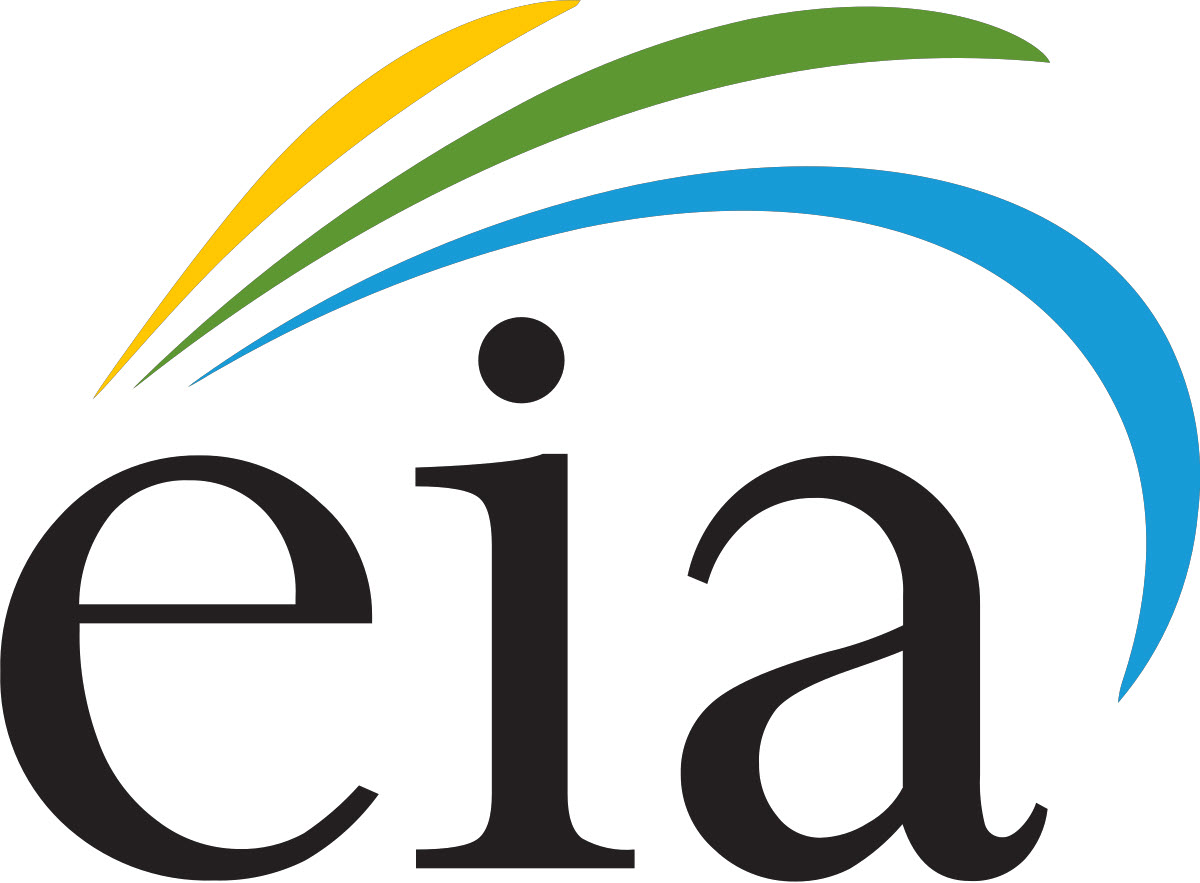
August 19, 2022
Source: U.S. Energy Information Administration
In June, EIA hosted two workshops, where we invited energy experts to discuss ways we can improve our energy analysis in the International Energy Outlook (IEO).
In the IEO, we project potential futures for international energy markets using our World Energy Projection System (WEPS) model. WEPS models the long-term economic behavior of markets in response to energy supply, demand, and policies. Both workshops explored ways to better represent these market responses in our WEPS model. Presentations and discussion notes from the workshops are now available on our Clean Power Investment Workshop and Challenges in Modeling International Climate Policies Workshop websites.
The Clean Power Investment Workshop, held on June 23, explored topics related to energy investment for a low-carbon future, focusing on how electric power capacity around the world increasingly uses renewable resources for electricity generation. The workshop brought together experts from government entities and investment communities who discussed important modeling considerations and key decision factors in the electric power sector. Some key takeaways from this workshop included:
Although large investments in lower-carbon technologies have been made, the distribution of those funds has been uneven geographically; a number of regional programs are underway to address this regional imbalance.
The amount of global investment required to support an energy transition will depend on the timing and extent of the effort to decarbonize the global electric power system. A critical driver will be policy measures, which can direct and encourage investment.
Successful new energy projects require the coordination of multiple elements, including feasibility studies, credit agreements, land ownership rights, and government and community support.
The Challenges in Modeling International Climate Policies Workshop, held on June 29, explored market forces that corporations face as they try to reduce their carbon emissions, as well as methods of modeling international climate policies. We discussed potential impacts of new technologies, geopolitical considerations, regional influences in commodity markets, and non-economic drivers of energy use and emissions. Some of the insights we gained from this workshop that we will use to improve our modeling of international climate policies included:
Modeling choices matter–specifically, temporal and geographic granularity, input assumptions, data requirements, technology detail, and trade implications.
Uncertainty is unavoidable, but quantifying uncertainty allows us to conduct analyses and make decisions. Incorporating uncertainty into models requires careful thought, documentation, and communication. One way to manage modeling uncertainty is to allow the model to evolve as the problem it’s modeling evolves.
We should carefully consider the various dimensions that affect company decision frameworks–such as project economics, value chains, investment trends, and a company’s relationships with investors.
We are actively exploring potential improvements to WEPS as a result of the discussions during these two workshops. Our next International Energy Outlook release is scheduled for October 2023.
Principal contributor: Michelle Bowman



